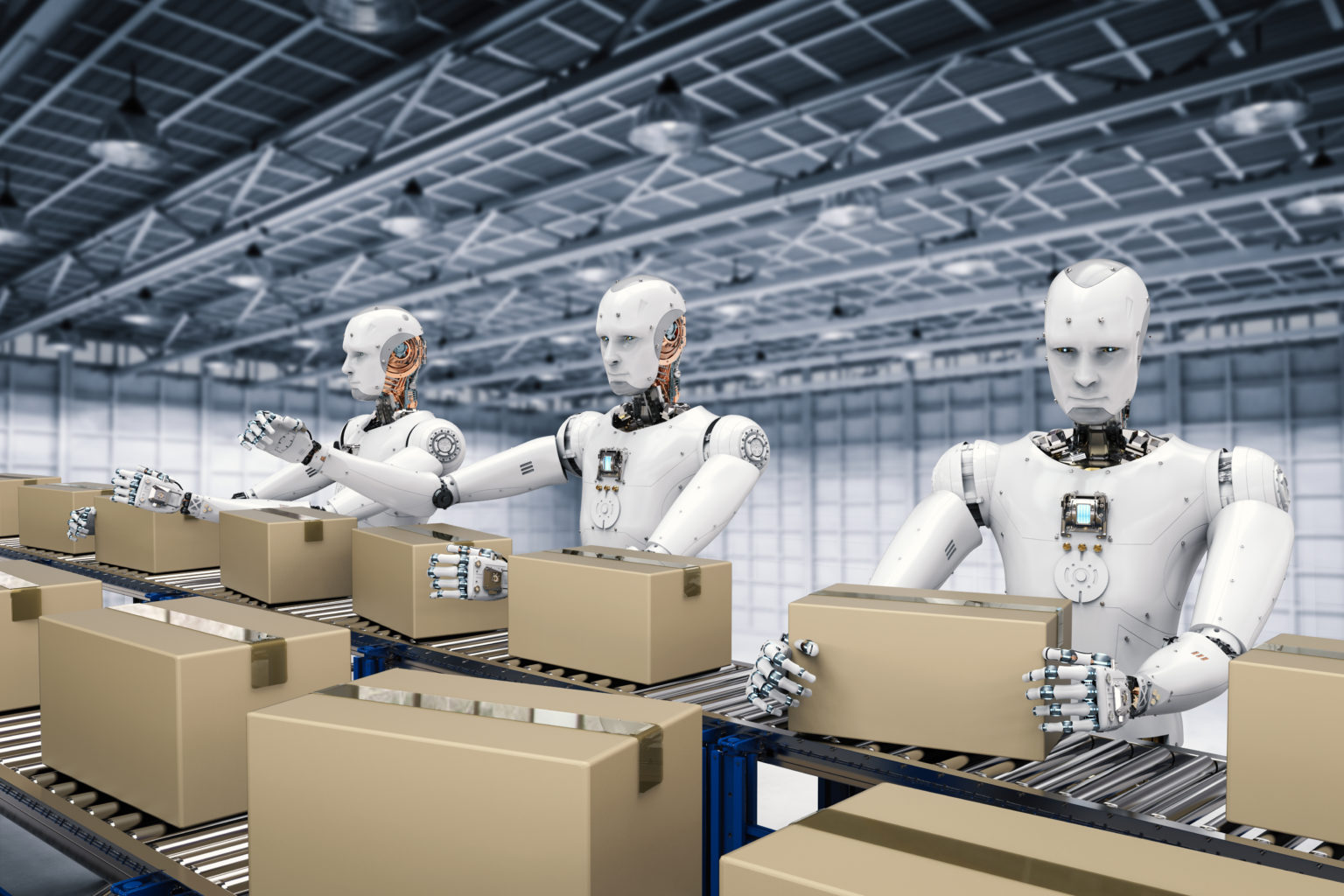Microsoft CEO, Satya Nadella published his letter to shareholders in the company’s 2018 annual report, on LinkedIn yesterday. He talks about Microsoft’s accomplishments in the past year, results and progress of Microsoft’s workplace, business applications, infrastructure, data, AI, and gaming. He also mentioned the data and privacy rules adopted by Microsoft, and their belief to, “ instill trust in technology across everything they do.”
Microsoft’s result and progress
Data and AI
Azure Cosmos DB has already exceeded $100 million in annualized revenue. The company also saw rapid customer adoption of Azure Databricks for data preparation, advanced analytics, and machine learning scenarios.
Their Azure Bot Service has nearly 300,000 developers, and they are on the road for building the world’s first AI supercomputer in Azure.
Microsoft also acquired GitHub to recognize the increasingly vital role developers will play in value creation and growth across every industry.
Business Applications
Microsoft’s investments in Power BI have made them the leader in business analytics in the cloud.
Their Open Data Initiative with Adobe and SAP will help customers to take control of their data and build new experiences that truly put people at the center.
HoloLens and mixed reality will be used for designing for first-line workers, who account for 80 percent of the world’s workforce.
New solutions powered by LinkedIn and Microsoft Graphs help companies manage talent, training, and sales and marketing.
Applications and Infrastructure
Azure revenue grew 91 percent year-over-year and the company is investing aggressively to build Azure as the world’s computer.
They added nearly 500 new Azure capabilities in the past year, focused on both existing workloads and new workloads such as IoT and Edge AI.
Microsoft expanded their global data center footprint to 54 regions.
They introduced Azure IoT and Azure Stack and Azure Sphere.
Modern Workplace
More than 135 million people use Office 365 commercial every month.
Outlook Mobile is also employed on 100 million iOS and Android devices worldwide.
Microsoft Teams is being used by more than 300,000 organizations of all sizes, including 87 of the Fortune 100.
Windows 10 is active on nearly 700 million devices around the world.
Gaming
The company surpassed $10 billion in revenue this year for gaming.
Xbox Live now has 57 million monthly active users, and they are investing in new services like Mixer and Game Pass.
They also added five new gaming studios this year including PlayFab to build a cloud platform for the gaming industry across mobile, PC and console.
Microsoft’s impact around the globe
Nadella highlighted that companies such as Coca-Cola, Chevron Corporation, ZF Group, a car parts manufacturer in Germany are using Microsoft’s technology to build their own digital capabilities. Walmart is also using Azure and Microsoft 365 for transforming the shopping experience for customers.
In Kenya, M-KOPA Solar, one of their partners connected homes across sub-Saharan Africa to solar power using the Microsoft Cloud. Office Dynamics 365 was used in Arizona to improve outcomes among the state’s 15,000 children in foster care. MedApp is using HoloLens in Poland to help cardiologists visualize a patient's heart as it beats in real time. In Cambodia, underserved children in rural communities are learning to code with Minecraft.
How Microsoft is handling trust and responsibility
Microsoft motto is “instilling trust in technology across everything they do.” Nadella says, “We believe that privacy is a fundamental human right, which is why compliance is deeply embedded in all our processes and practices.”
Microsoft has extended the data subject rights of GDPR to all their customers around the world, not just those in the European Union, and advocated for the passage of the CLOUD Act in the U.S.
They also led the Cybersecurity Tech Accord, which has been signed by 61 global organizations, and are calling on governments to do more to make the internet safe. They announced the Defending Democracy Program to work with governments around the world to help safeguard voting and introduced AccountGuard to offer advanced cybersecurity protections to political campaigns in the U.S.
The company is also investing in tools for detecting and addressing bias in AI systems and advocating government regulation.
They are also addressing society's most pressing challenges with new programs like AI for Earth, a five-year, $50M commitment to environmental sustainability, and AI for Accessibility to benefit people with disabilities.
Nadella further adds, “Over the past year, we have made progress in building a diverse and inclusive culture where everyone can do their best work.”
Microsoft has nearly doubled the number of women corporate vice presidents at Microsoft since FY16. They have also increased African American/Black and Hispanic/Latino representation by 33 percent.
He concludes saying that “I’m proud of our progress, and I’m proud of the more than 100,000 Microsoft employees around the world who are focused on our customers’ success in this new era.”
Read the full letter on Linkedin.
Paul Allen, Microsoft co-founder, philanthropist, and developer dies of cancer at 65.
‘Employees of Microsoft’ ask Microsoft not to bid on US Military’s Project JEDI in an open letter.
Microsoft joins the Open Invention Network community, making 60,000 of its patents accessible to fellow members
Read more
 United States
United States
 Great Britain
Great Britain
 India
India
 Germany
Germany
 France
France
 Canada
Canada
 Russia
Russia
 Spain
Spain
 Brazil
Brazil
 Australia
Australia
 South Africa
South Africa
 Thailand
Thailand
 Ukraine
Ukraine
 Switzerland
Switzerland
 Slovakia
Slovakia
 Luxembourg
Luxembourg
 Hungary
Hungary
 Romania
Romania
 Denmark
Denmark
 Ireland
Ireland
 Estonia
Estonia
 Belgium
Belgium
 Italy
Italy
 Finland
Finland
 Cyprus
Cyprus
 Lithuania
Lithuania
 Latvia
Latvia
 Malta
Malta
 Netherlands
Netherlands
 Portugal
Portugal
 Slovenia
Slovenia
 Sweden
Sweden
 Argentina
Argentina
 Colombia
Colombia
 Ecuador
Ecuador
 Indonesia
Indonesia
 Mexico
Mexico
 New Zealand
New Zealand
 Norway
Norway
 South Korea
South Korea
 Taiwan
Taiwan
 Turkey
Turkey
 Czechia
Czechia
 Austria
Austria
 Greece
Greece
 Isle of Man
Isle of Man
 Bulgaria
Bulgaria
 Japan
Japan
 Philippines
Philippines
 Poland
Poland
 Singapore
Singapore
 Egypt
Egypt
 Chile
Chile
 Malaysia
Malaysia














